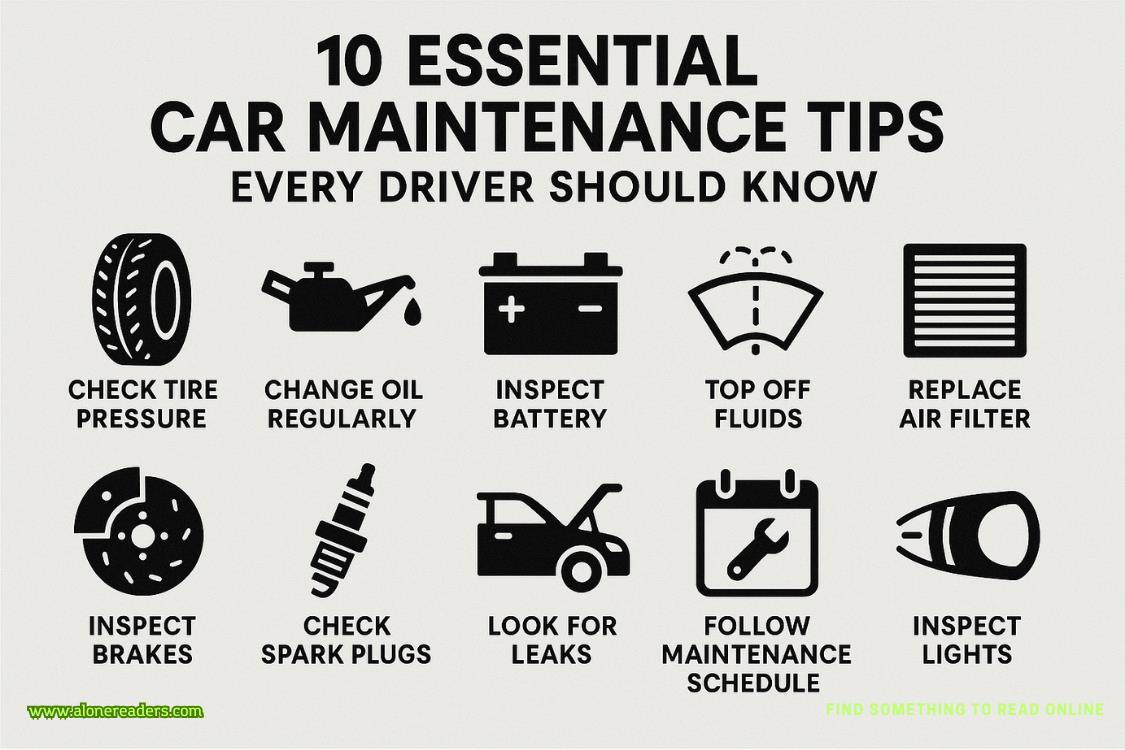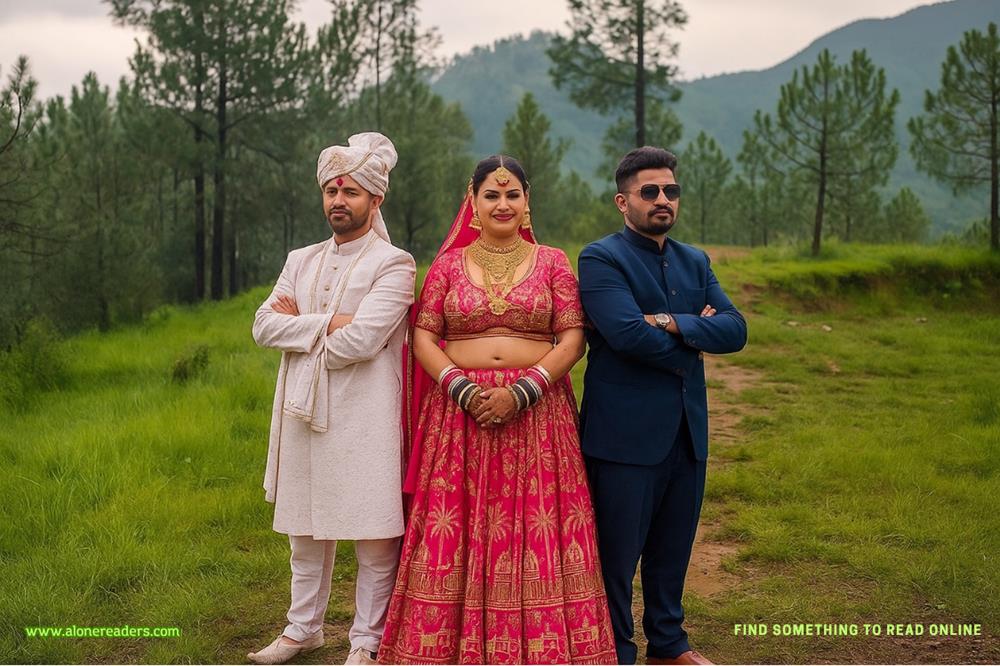Page 43 of The Love Comeback
“I might have to start using them on the blinds.” I ruffle his already messy hair. “Now go get ready while I finish up here.”
By the time Colton returns, dressed in jeans and his favorite hockey-themed t-shirt, I’ve managed to transform from zombie to functional human being. I’ve even thrown on a decent outfit—dark jeans and a burgundy sweater.
He crunches through his cereal while I double-check his backpack, making sure he has everything for the day—completed homework, his signed permission slip for the upcoming field trip, his notebook and pencils.
“Don’t forget I’m teaching robotics class after school today,” I remind him as we head out to the car, the morning air sharp with cold. “Valerie’s going to take you to your skating lessons with Kade, and I’ll be there to pick you up afterward.”
“I know, I know,” he says, sliding into the back seat. “You told me three times last night.”
“Just making sure.” I start the car, letting it warm up for a moment before backing out of the driveway. “I’ll pick you up from the rink at six.”
“Can we get pizza again?” he asks hopefully.
I bite my lip, mentally calculating what’s left in the food budget for the week. “Not tonight, bud. I’ve got chicken thawing for dinner.”
He nods, accepting this without complaint, which onlymakes me feel worse.
What kind of parent denies their kid pizza?
The kind who’s stretching every dollar to make sure he can play the sport he loves, I remind myself.
Thirty minutes after the final bell rings, the science lab is alive with the energy of middle schoolers, their voices bouncing off the linoleum floors and cinder block walls. The fluorescent lights buzz overhead, casting a sterile glow over the chaos of circuitry, wires, and robot parts spread across the tables. I put on my best teacher smile, despite the headache pulsing at my temples. This extra stipend for coaching robotics will be worth every migraine if it means Colton can play hockey.
That thought alone keeps me going as I clap my hands for attention.
“Alright, Math Mechanics!” I call out, using the team name they voted on last week. “Let’s get focused. Regional competition is only eight weeks away, and we’ve got a lot of work to do.”
The students break into their assigned groups, voices overlapping as they debate technical specifications and design modifications. I move from table to table, offering guidance, asking questions to spark critical thinking, and occasionally jumping in to demonstrate a technique.
I glance at my watch—it’s 4:15. Colton should be at his skating lessons by now. I need to leave to pick him up from the rink in about an hour and a half. My neck tightens at the thought of all the logistics I’ve still got to manage today.
A crash from the table draws my attention, and I hurry over to find a disheartened eighth grader staring at robot parts scattered across the floor.
“The arm just fell off,” he explains, looking close to tears. “I don’t know what happened. I was adjusting the gears, and then…”
“Hey, it’s okay,” I say, crouching down to help gather the pieces. “This is exactly why we test and refine. Every failure is just data for our next attempt.”
I pick up the main component of the arm mechanism, examining the connection point. “Look here—see how the mounting bracket is slightly warped? That’s probably why it couldn’t support the weight when you adjusted the gear tension.”
His expression shifts from despair to curiosity. “I think I have an idea for how to fix it!”
“Awesome! You’ve got this.” I smile encouragingly.
I took on this coaching position for the stipend, but watching these kids light up when they solve a problem reminds me why I became a teacher in the first place. There’s something magical about witnessing that moment when confusion transforms into understanding.
An hour and fifteen minutes comes and goes in a blink.
“Okay, everyone,” I call out, clapping my hands to get their attention. “Let’s start cleaning up. I want each team to document today’s progress and challenges in your journals. This will help us pick up right where we left off next practice.”
The students begin organizing their materials, some more efficiently than others. I move around the room, helping to sort parts into the correct bins, making sure nothing important gets misplaced or accidentally thrown away.
“Miss Smart?” A small voice draws my attention to a girl clutching her journal tightly to her chest. “I don’t think I’m doing a good job on this team. Everyone else knows so much more about robotics than me.”
I recognize the look in her eyes—self-doubt, the fear of not being good enough. It’s a feeling I know all too well.
“Lindsay,” I say, guiding her to a quieter corner of the room, “do you know what the most important quality in a scientist or engineer is?”
She shakes her head, eyes wide behind her glasses.















